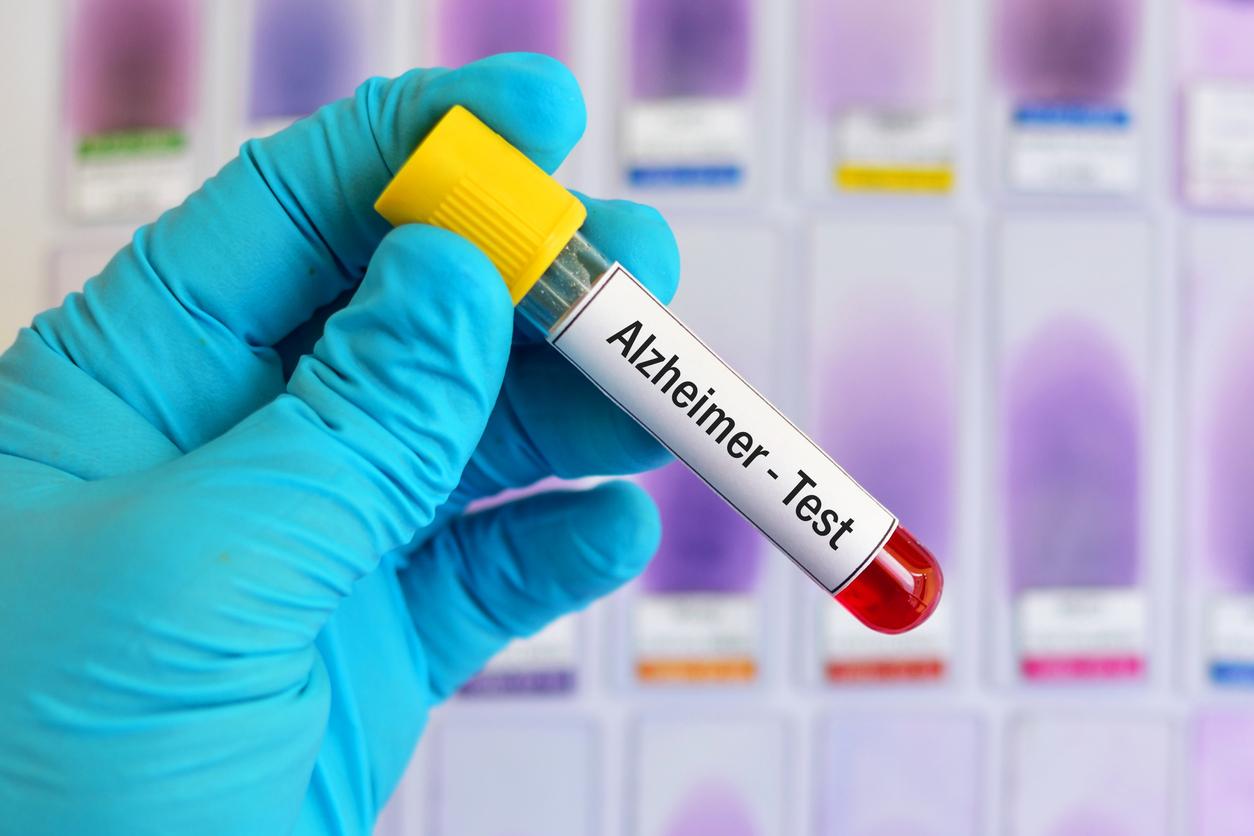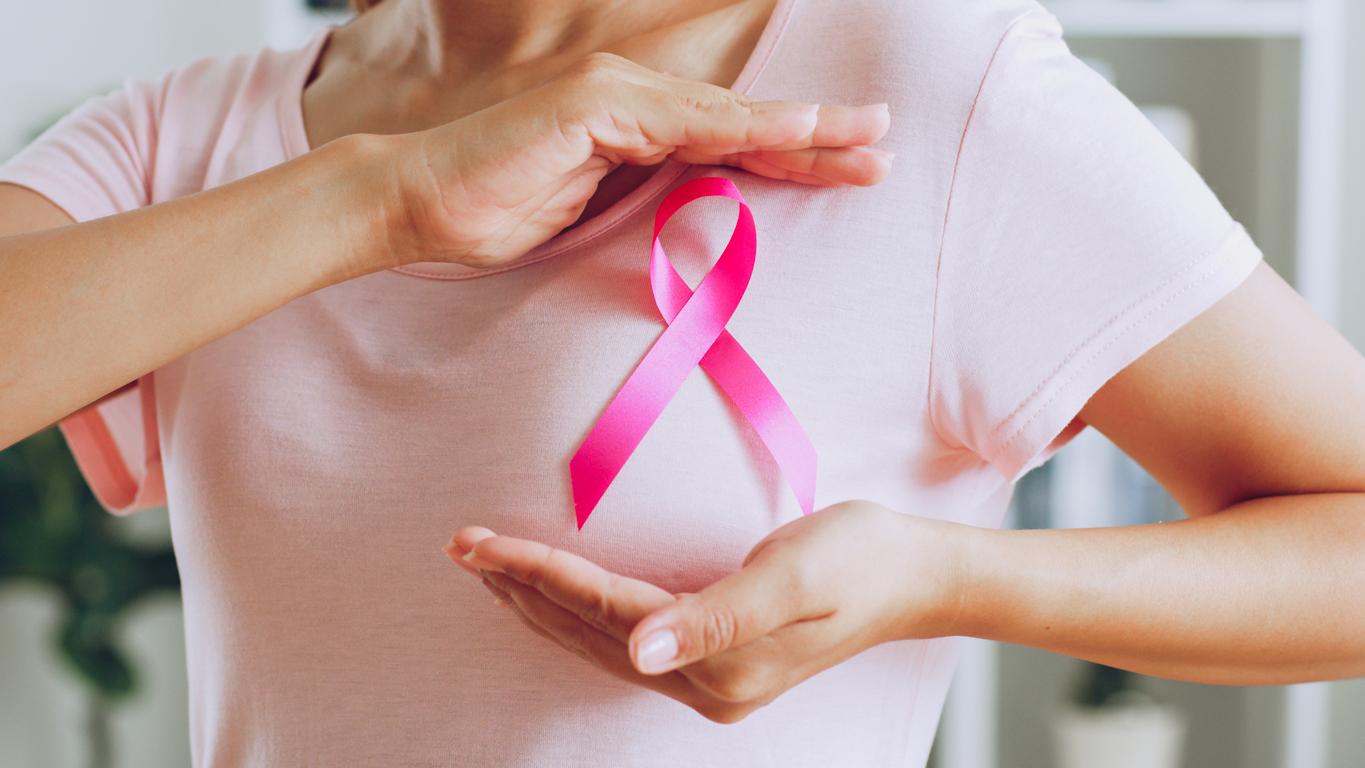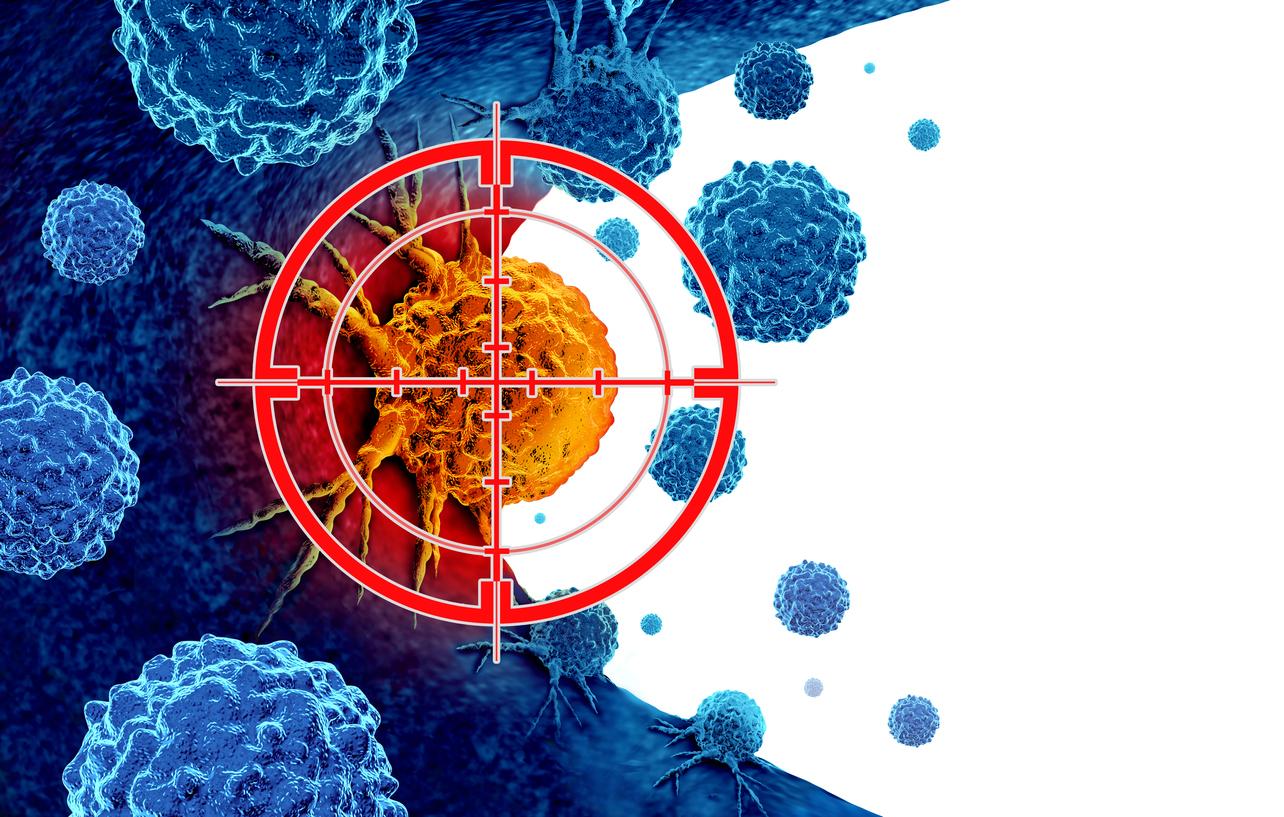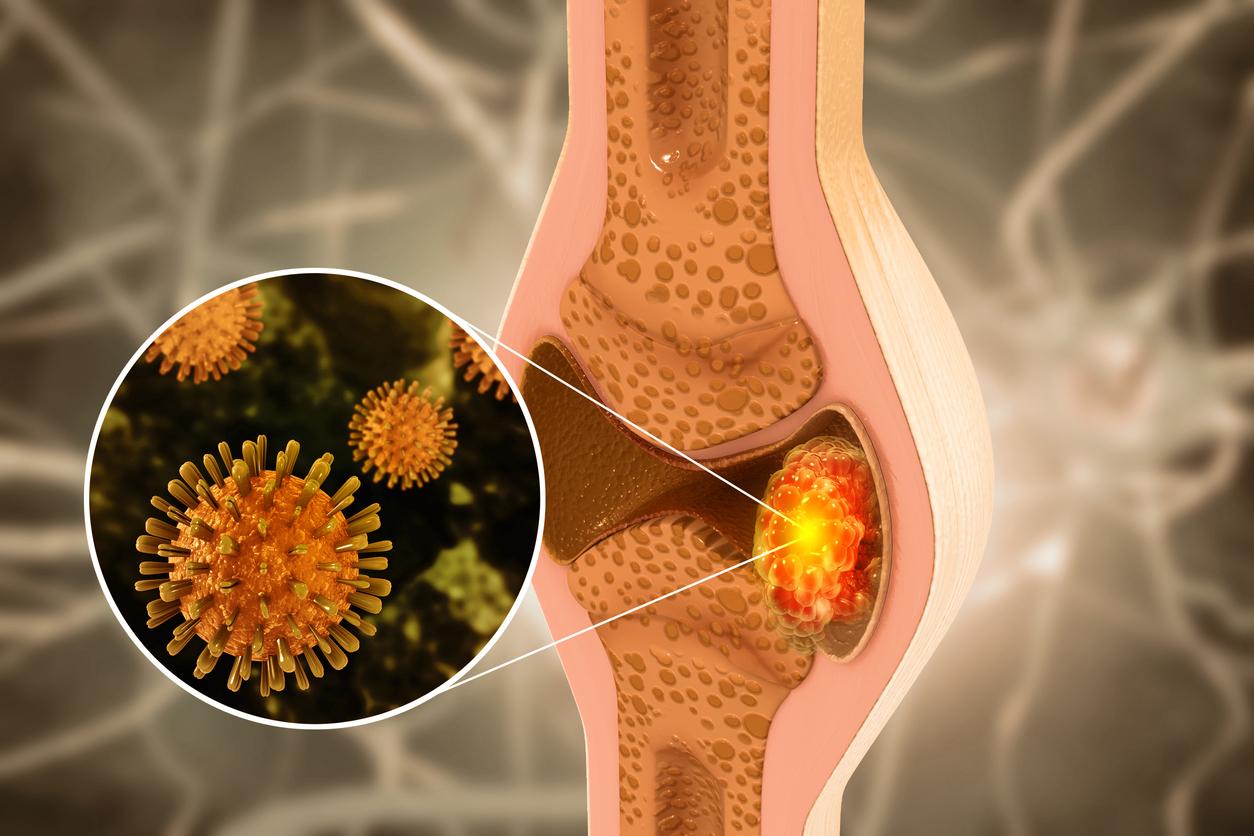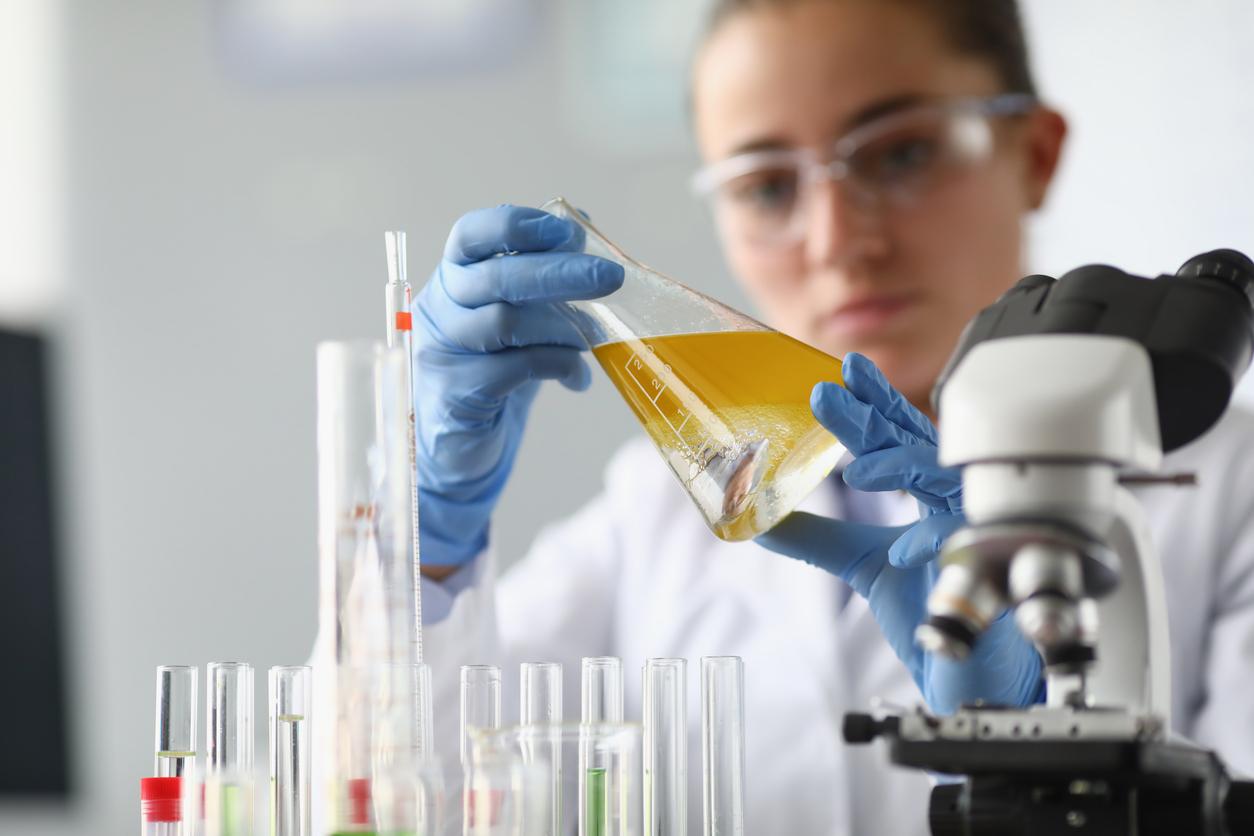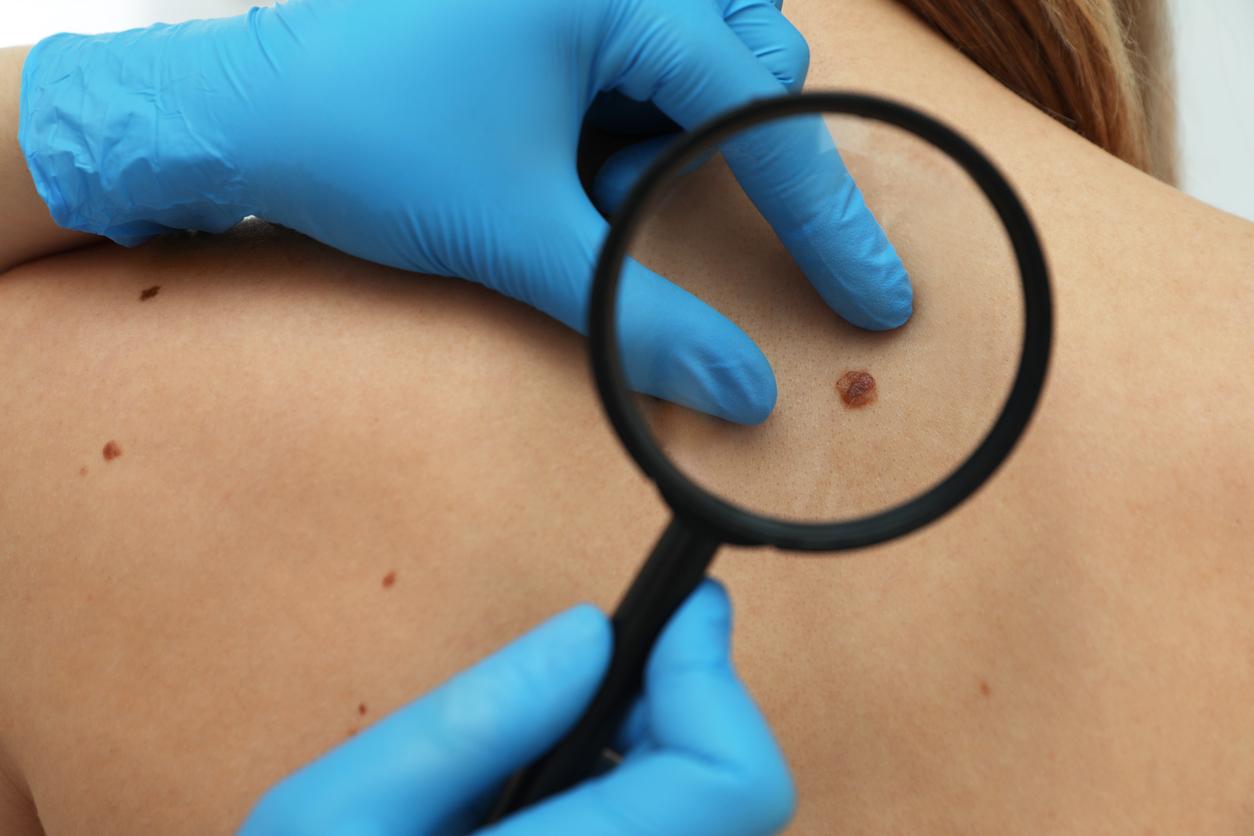On the occasion of the week of free screening for skin cancer, let’s take stock of the signs that can alert.
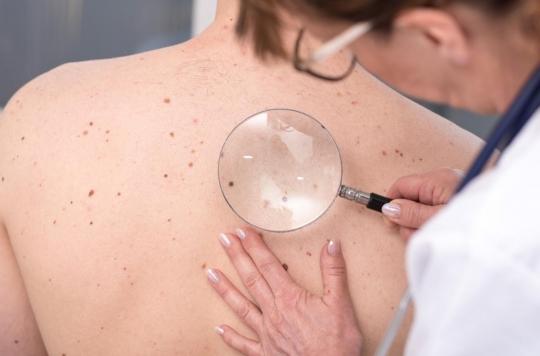
There are three main skin cancers: basal cell carcinoma (which represents 70% of skin cancers) whose evolution is very favorable under treatment, squamous cell carcinoma (20%) which mainly affects the elderly and the most serious, cutaneous melanoma. Although it accounts for 10% of skin cancers diagnosed each year, melanoma can appear on healthy skin in 70 to 80% of cases or result from the malignant transformation of a mole.
In 2017, 15,404 new cases of cutaneous melanoma were diagnosed in metropolitan France (8,061 in men and 7,343 women) and 1,783 deaths were recorded (1,036 men and 747 women). Cutaneous melanoma is one of the cancers whose incidence and mortality have risen sharply since the 1980s, in particular because of our exposure to the sun and UV tanning centers, which drain our sun capital and promote the appearance of cancerous lesions.
70% of melanomas develop on healthy skin
A study published in 2017 in the Journal of the American Academy of Dermatology confirms that more than 70% of melanomas develop from healthy skin, without spots or skin lesions. The confusion comes from the fact that the melanoma appears as a small pigmented and irregular spot, suggesting that it is a mole. “Patients and doctors should be aware that skin without moles is at greater risk of developing melanoma,” explained Dr. Riccardo Pampena, onco-dermatologist at the Istituto di Ricovero e Cura a Carattere Scientifico (Italy). .
The scientist reviewed about thirty studies reporting more than 20,000 cases of melanoma. Of these, about 30% were associated with a mole, while 70% developed on healthy skin. “Melanomas are 64% less likely to develop from a mole,” the researchers concluded.
How to recognize a mole at risk?
But in order not to ignore the 30% risk of developing cutaneous melanoma from a mole, dermatologists have invented a memory technique to promote self-screening: the ABCDE rule, for Asymmetrical, Edges, Color, Diameter and Evolution. A spot that exhibits one of the following characteristics is then suspect: Asymmetry, Irregular edges, Inhomogeneous color, Increasing diameter, or Growing rapidly.
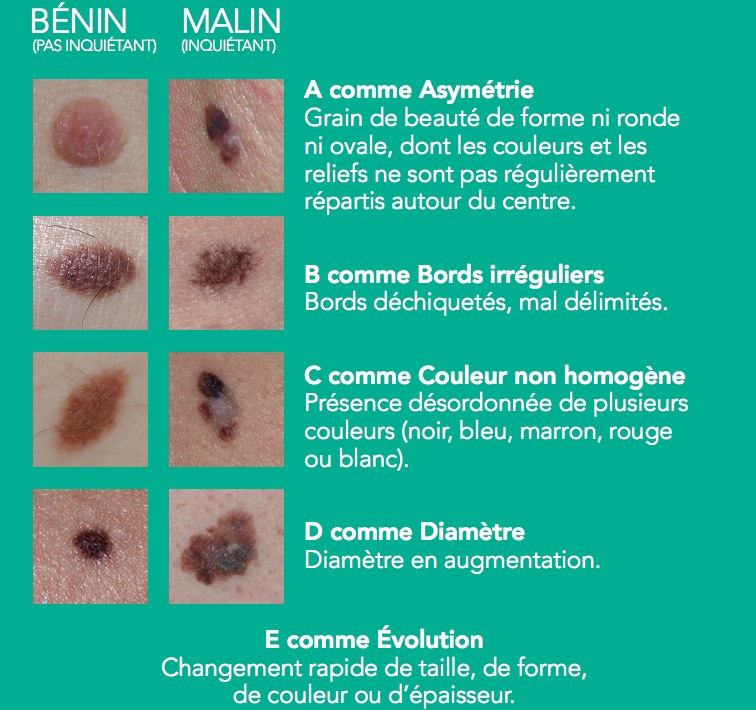
Credit: Information brochure of the National Syndicate of Dermatologists-Venerologists on melanoma.
Our genes make the difference between tanning and burning skin
Our consumption of UV rays, whether natural or artificial, is the cause of the majority of skin cancers. A remarkable British study recently demonstrated that the reaction of our skin to the sun and therefore the risk of developing skin cancer, depends on our genes. The researchers studied the data of more than 121,000 white people, originating from the United Kingdom and registered in the British database Biobank.
During their research, the geneticists discovered 20 regions of the genome that would increase the risk of sunburn and therefore, Cancer. “This study identifies new genetic regions that likely have relevance to skin cancer risk,” said Mario Falchi, geneticist at King’s College London and co-author of the study. Fair skin or more prone to sunburn should be properly protected. “People tend to forget that sunburns are really dangerous (…) We hope that knowing that there is a genetic link between burns and skin cancer can encourage them to have a healthy lifestyle” , hopes the researcher.
Every year in France, 80,000 new cases of skin cancer are diagnosed, i.e. 219 people every day.

.








